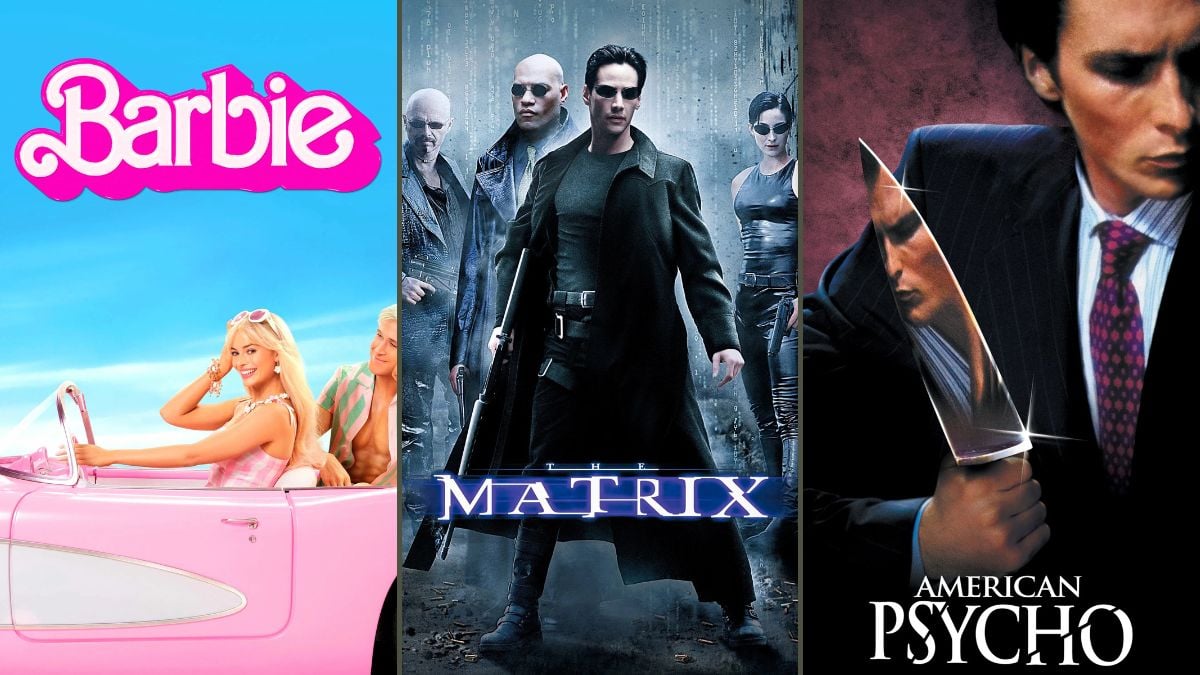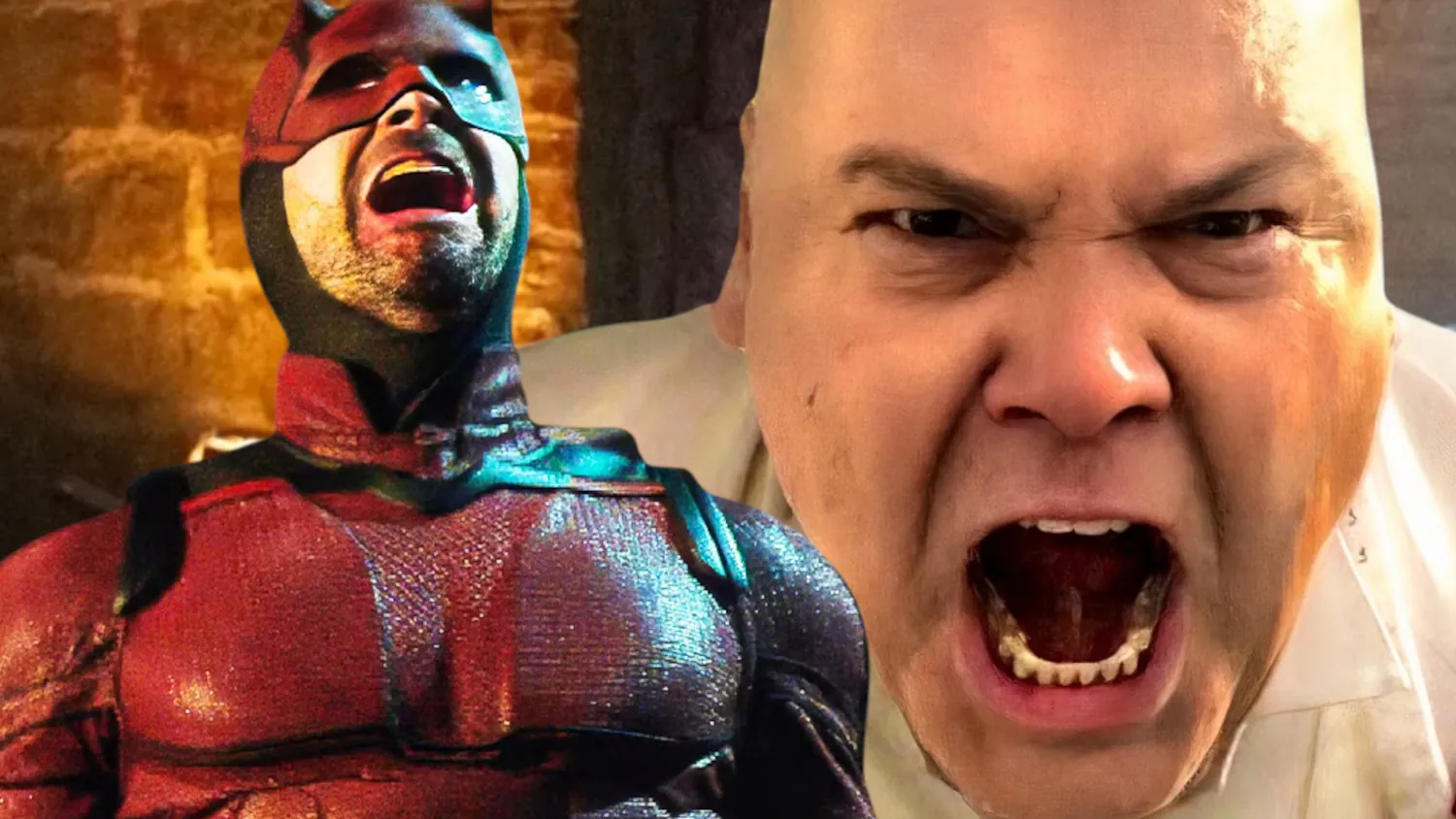15 Celebrities Who Shockingly Quit Acting Forever

15 notable figures once active in showbiz have taken a step away from acting, each for unique motives that range from prioritizing personal matters to experiencing dissatisfaction with the industry. Their tales shed light on what led them to take an alternative route.








